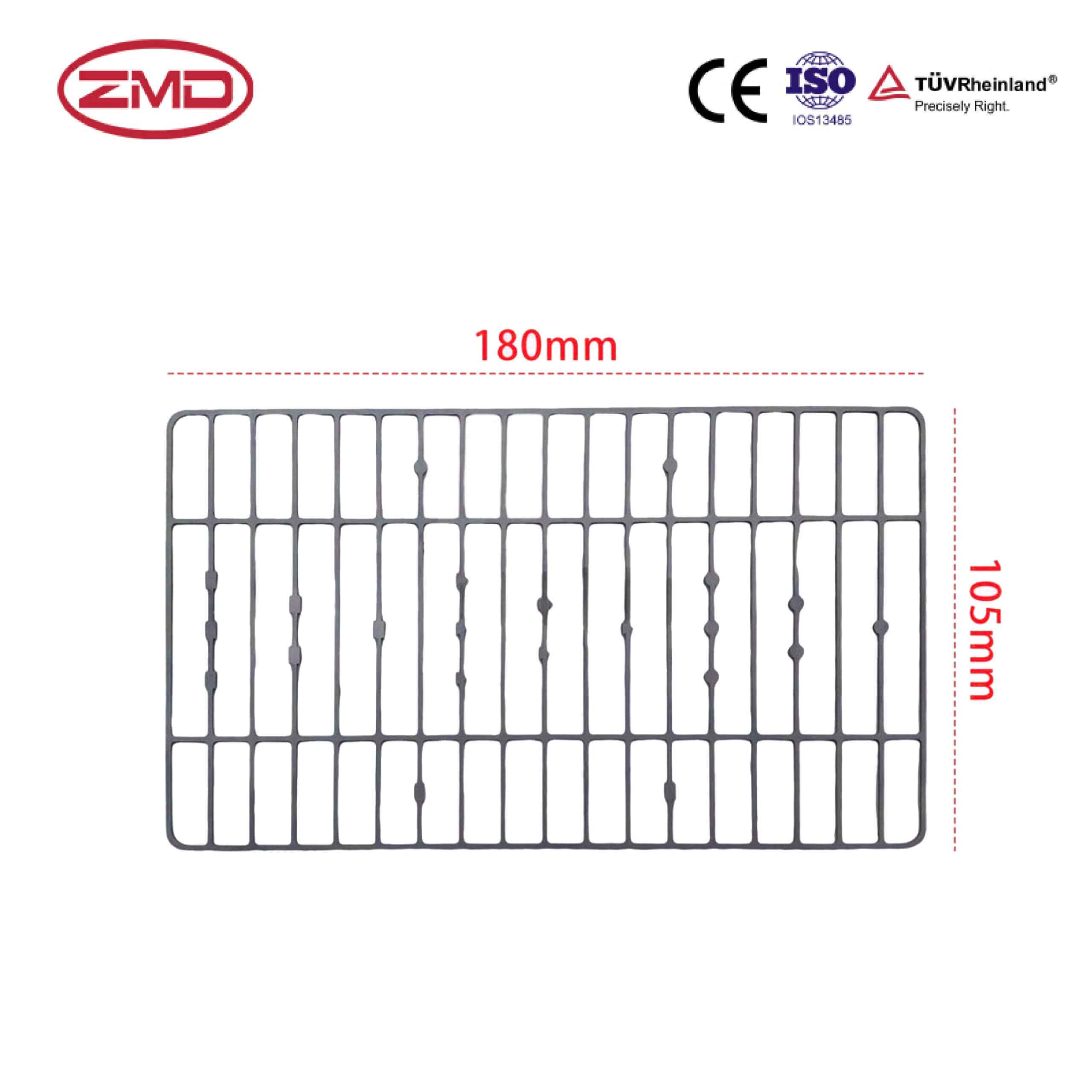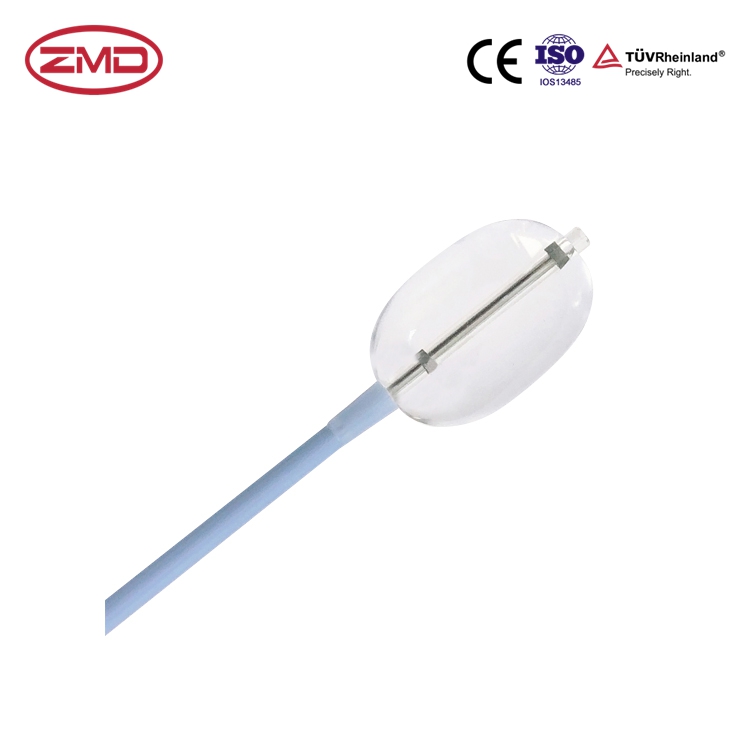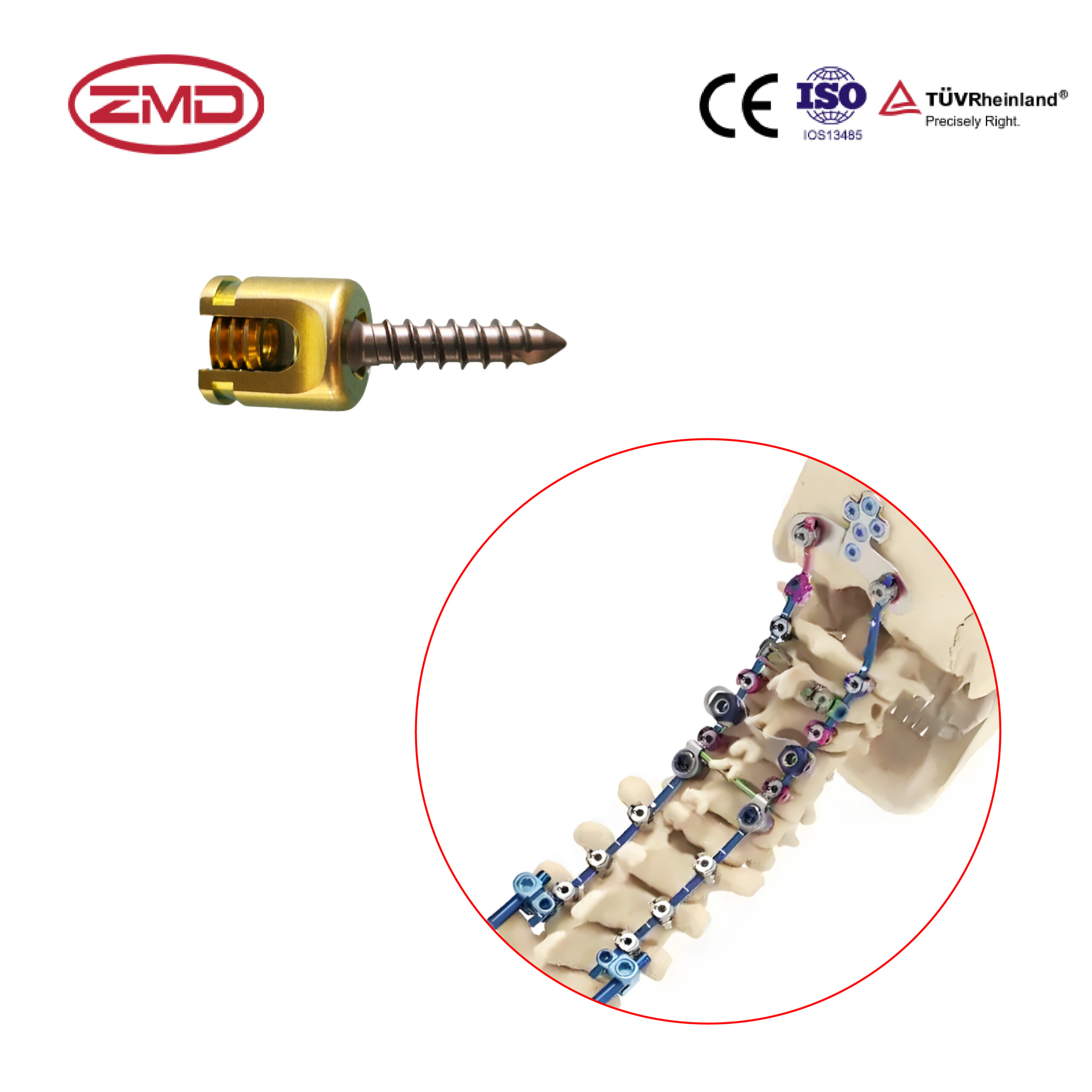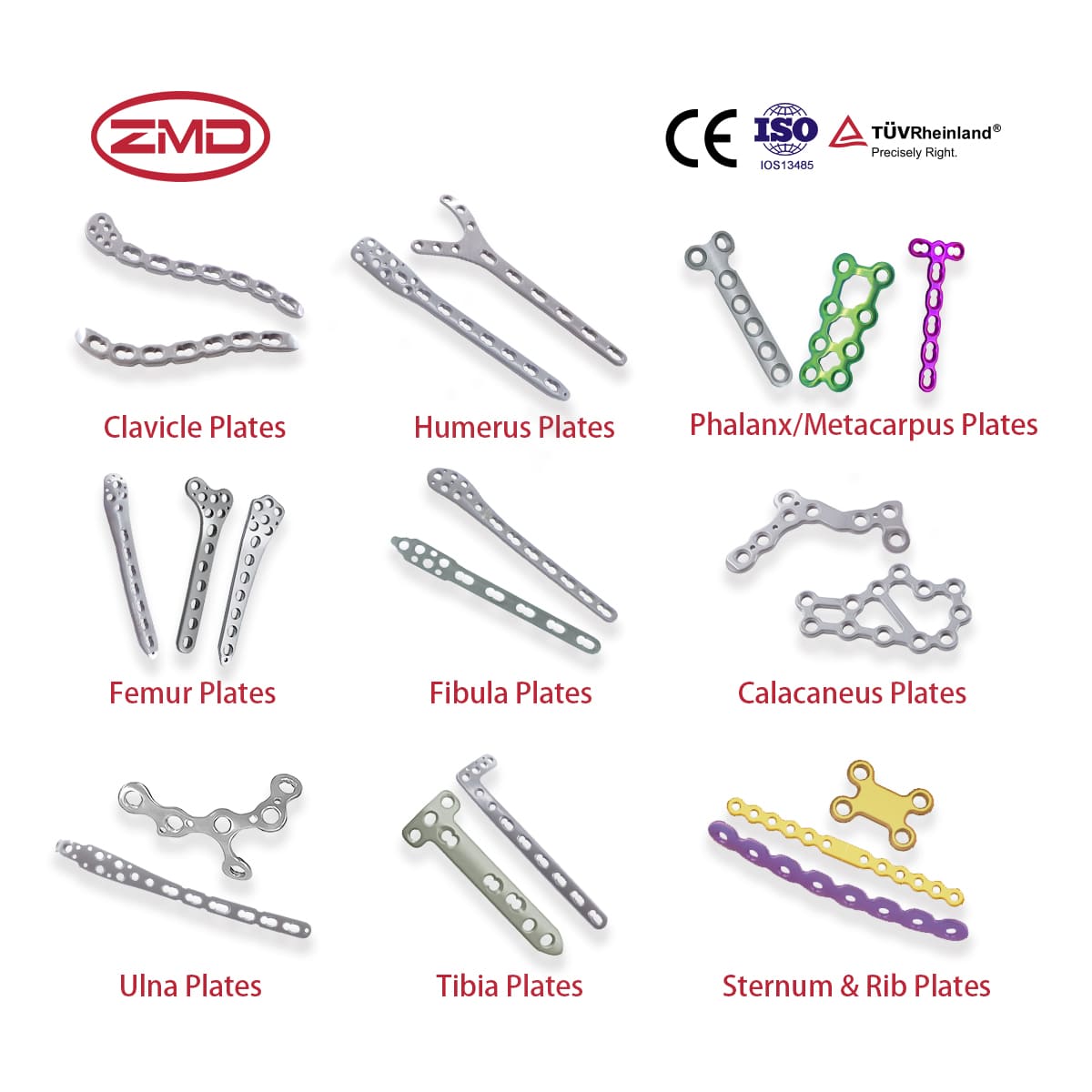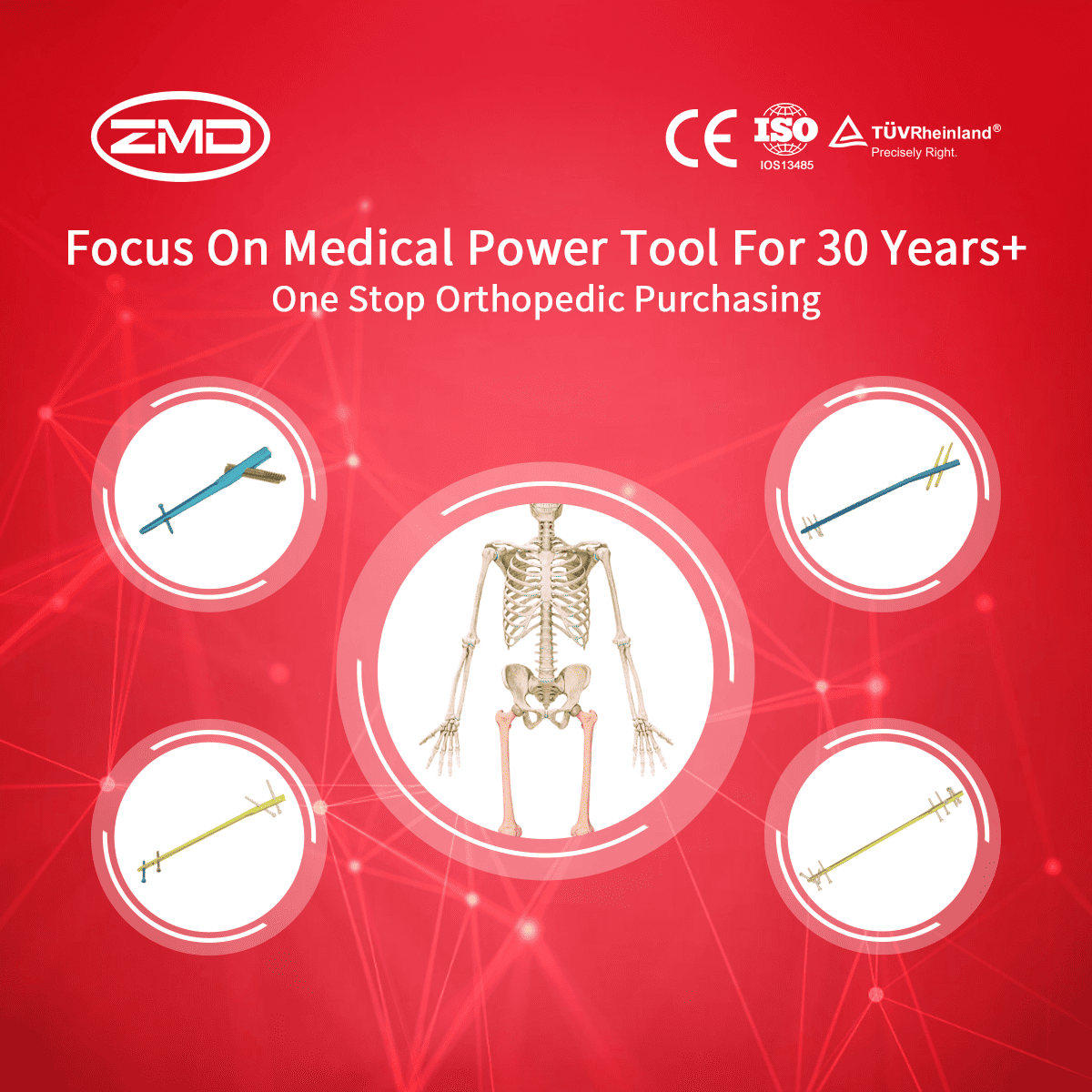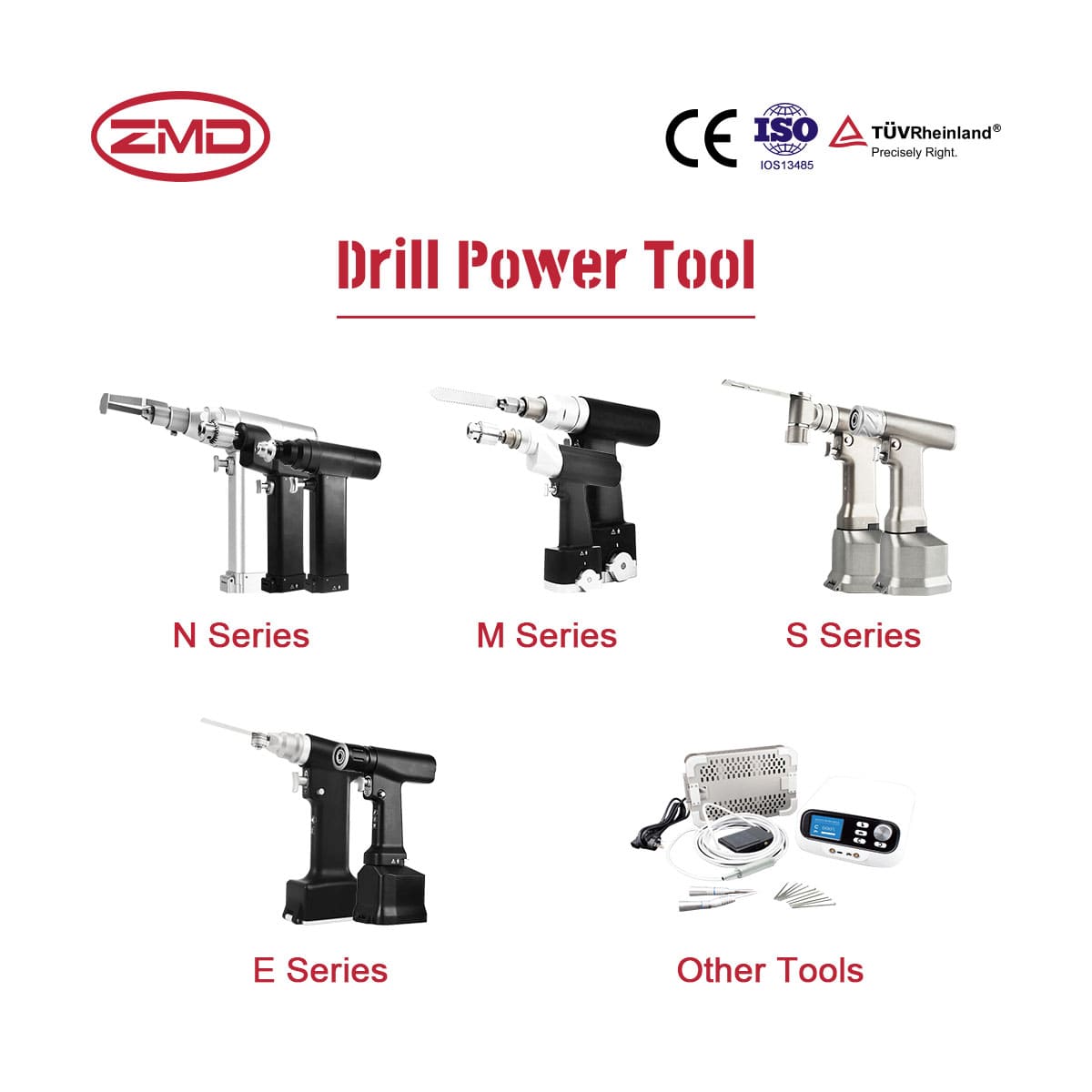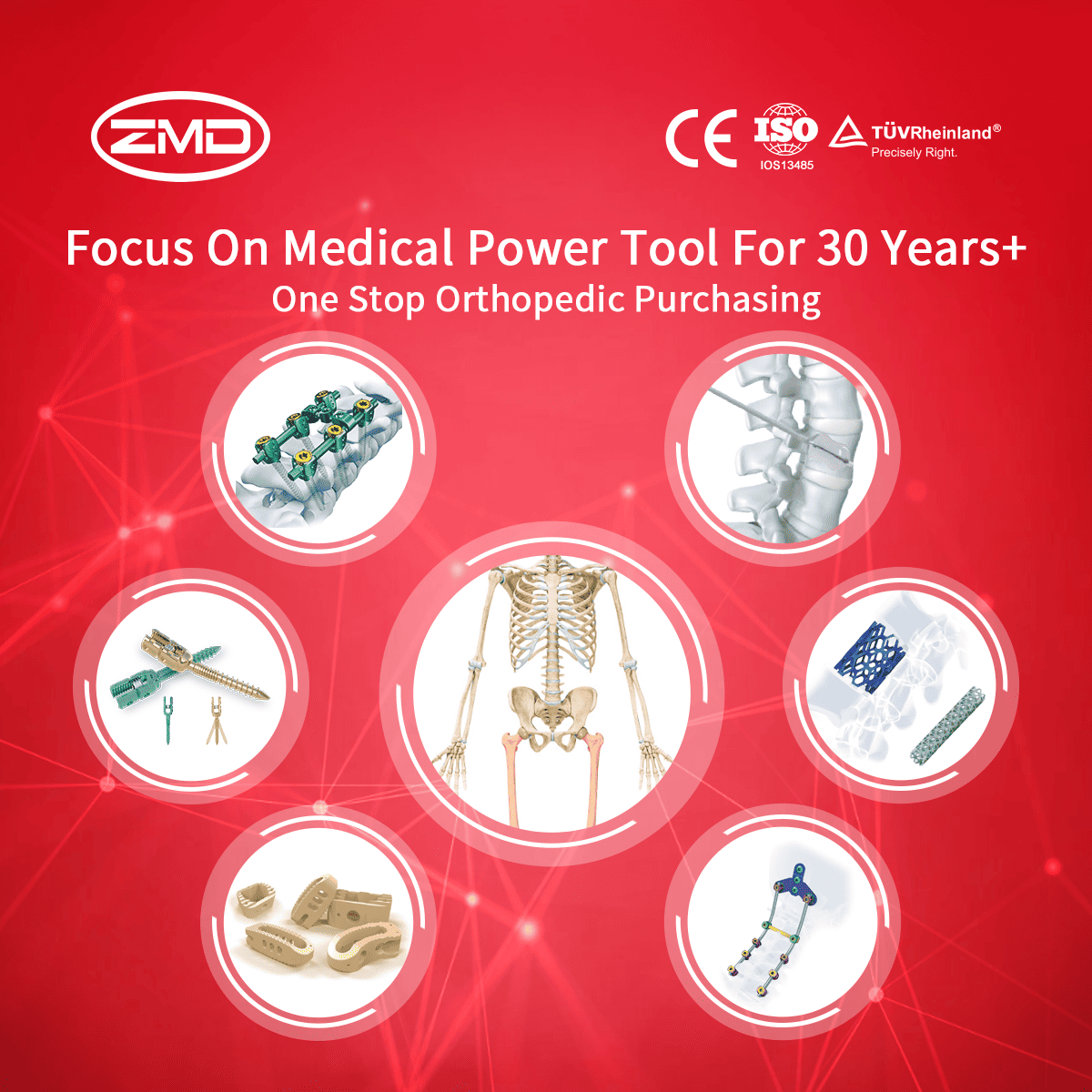Spinal Internal Fixation System
ZMD
Orthopedic Products
Haven't been able to locate the product you're searching for yet?
If you're interested in more orthopaedic implant products, feel free to get in touch with our ZMD consultants.
What Are Spinal Implants?
A femoral nail serves as a crucial medical device within the realm of orthopedic treatment, specifically designed to address fractures of the femur. The process through which it functions involves a surgical procedure where it is carefully inserted into the medullary cavity of the femur, which is the central, hollow portion of this long bone.
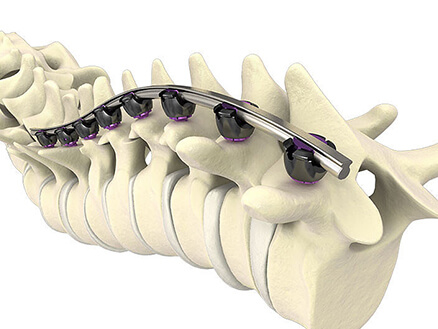
Pedicle Screws
Pedicle Plates
Anterior Cervical Plate System
Titanium Mesh Cage
Fusion Cage
Percutaneous Vertebroplasty and Kyphoplasty
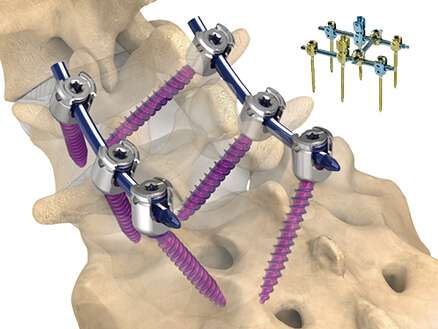
When Are Spinal Implants Needed?
Spinal implants are vital in addressing spinal issues leading to pain, instability, and deformity. Surgically placed in the spine, they supply support, enable fusion, and help regain proper alignment. Orthopedic surgeons thoughtfully decide to use them, weighing the particular condition, patient details, as well as potential advantages and risks.
Common Spinal Conditions Requiring Spinal Implants:
Degenerative Disc Disease
Spinal Fractures
Spinal Stenosis
Spinal Deformities
Spinal Tumors
Blog
International Women’s Day: Salute to the “She – Power” at ZMD
International Women’s Day: Salute to the “She – Power” at ZMD Amid the trends of “Intelligent Medical Devices” and “Minimally Invasive Medical Technologies”, ZMD thrives
Discover Innovation with Sunan Medical at AAOS
Discover Innovation with Sunan Medical at AAOS The American Academy of Orthopaedic Surgeons (AAOS) Annual Meeting is the premier event for orthopedic professionals worldwide, offering
Visit Us at Expomed Eurasia 2025: Discover Sunan Medical’s Innovations
Visit Us at Expomed Eurasia 2025: Discover Sunan Medical’s Innovations The 32nd Expomed Eurasia, taking place from April 24-26, 2025, at the Tüyap Exhibition and


